Check out the popular pastimes of childhood in Ancient Egypt – including some that children still love today.
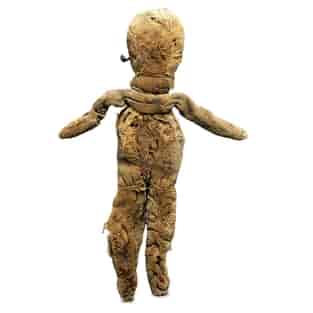
1. Playing with rag dolls
Clay statuettes have been manufactured since prehistory. But it was in Egypt, 5,000 years ago, that dolls stopped being religious idols to become toys.
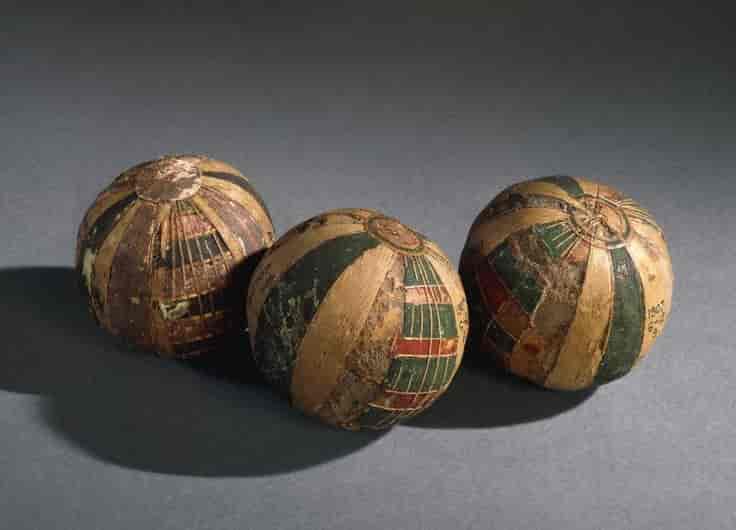
2. Ball games
Despite the clear differences between the Egyptian balls and ours, it is still possible to say that this toy was already present in playful games among young people.
The old balls were, in general, made of blocks or fragments of fabric, dried palm leaves, rigid plants and leather strips, which made up a sturdy block joined by strands of rope.
Many specimens, however, were made of solid walls and unified with greater precision, being hollow inside and filled with air.

3. Playing with dice
Many dice has already been found in excavations in Egypt. Among the most common, the classic six-sided dice were discovered, many also using dot marking – probably to mark numbers – very similar to our contemporary dice.
There is also a diversity of dice in icosahedrons format (a type of polyhedron), like the current RPG d20.
The use of polyhedral dice is still not very well elucidated by archeology, but many refer to it as part of board games and as parts of rituals or oracular divination sessions.
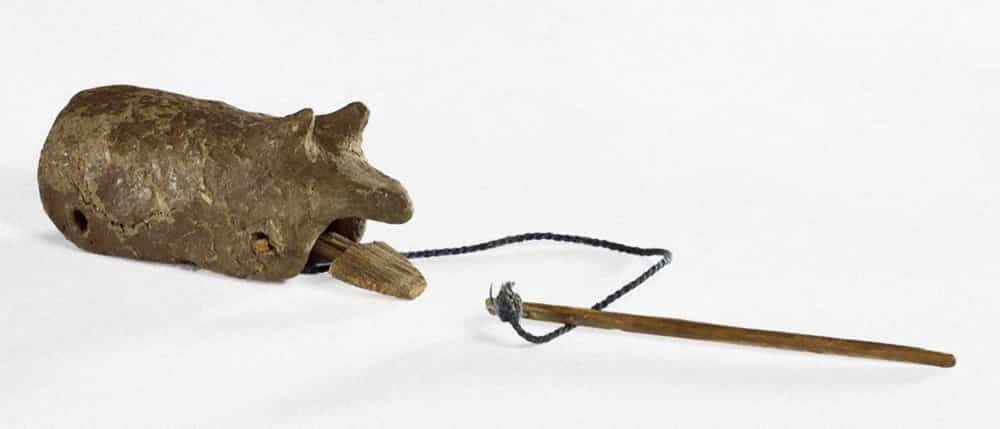
4. The curious ceramic mouse
It is a rat-shaped doll made of baked ceramics, with a joint in the jaw area, made of wood, for movement.
This joint was operated by the wire connected to the side of the rat’s head. Unfortunately, it is not known on what occasion it was used.
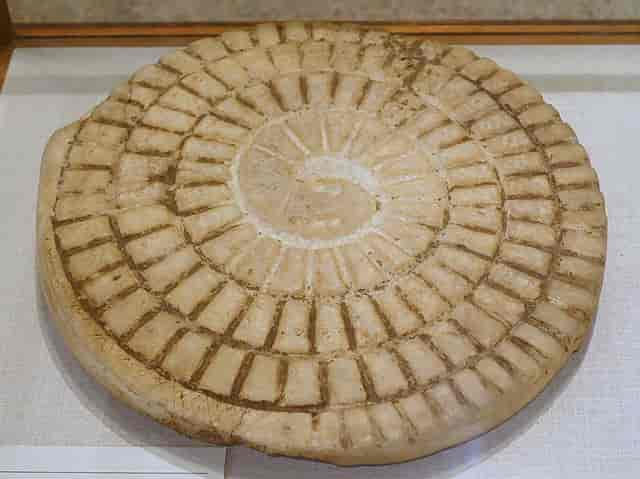
5. Playing with the snake
The snake game, or also known as mehen in middle Egyptian, was a circular shaped plate with a lacunar pattern imitating the animal.
Some pieces were included and this game appears in some graphic records and images found in ancient Egypt, but to this day it is not known for sure what the rules of the game were. Its name, Mehen, is a reference to the god of the same name, a divine entity associated with snakes.
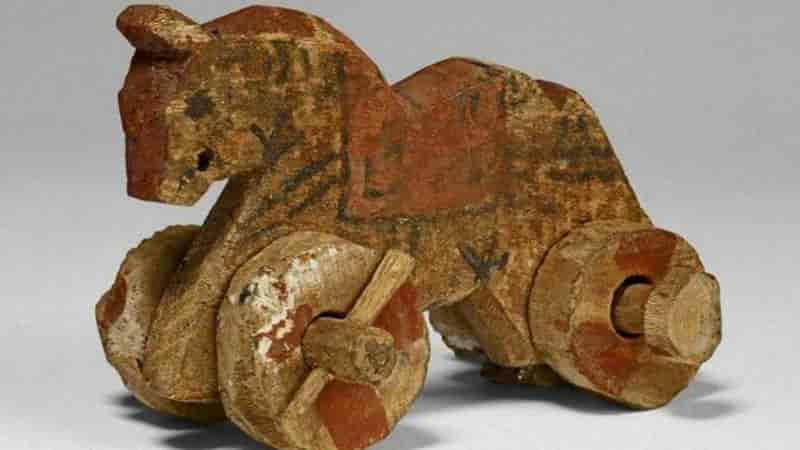
6. Pulling the wheeled horse
This toy still exists today. It is a representation of a horse made of wood, very colorful with different paints, which was probably pulled by a rope attached to the animal’s mouth.
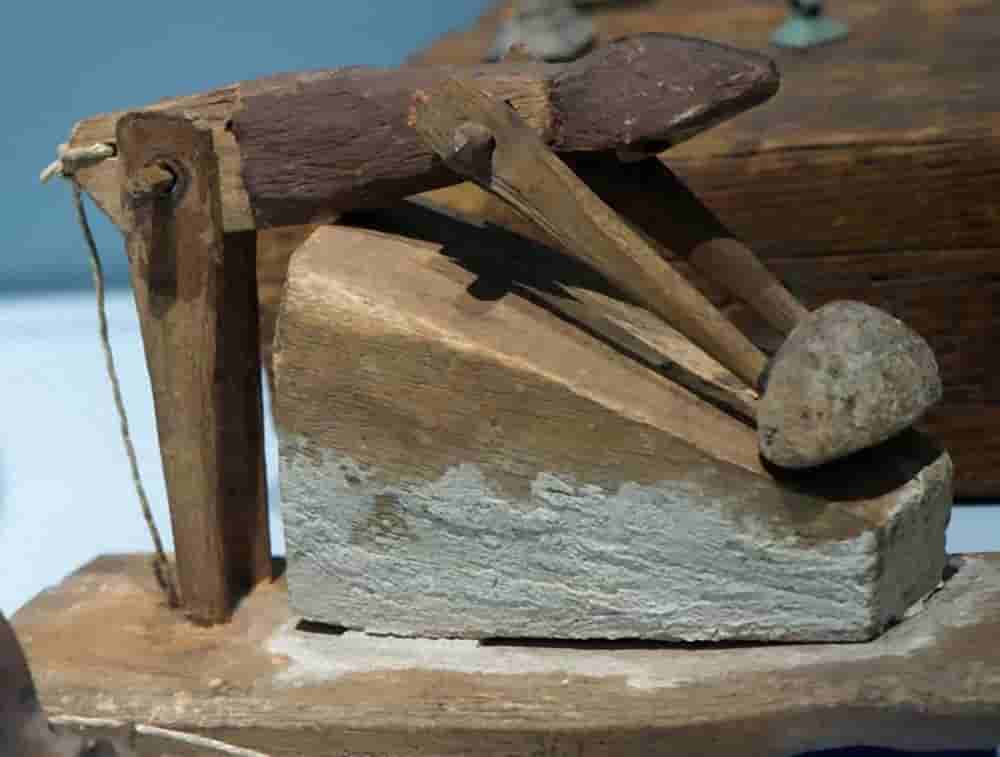
7. Grinder doll
In Ancient Egypt, it was common for toys to represent economic activities and perform common community tasks.
An interesting example is the case of this grain grinder that was found. The puppet would hold a stone that is moved by the movement of the body, scraping on a rocky surface.
The toy has a pedagogical and playful dynamic; the result is very similar to a real professional grain grinder.
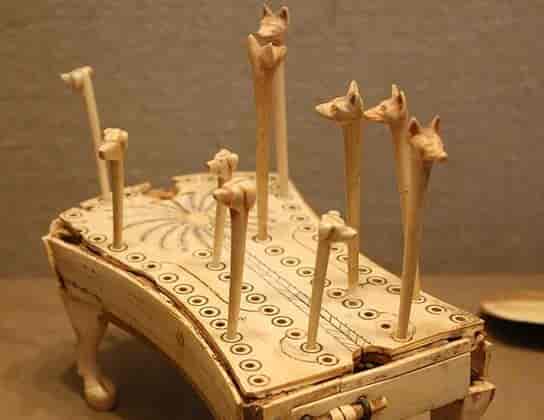
8. Jackals vs. Dogs
It is a tray with a drawer to hold the pieces, including five stakes with dog heads and five with jackal heads. The ax-shaped board has 58 plug-in holes.
No records were found on the functioning and rules of this game, but some historians point out that it is possible to predict some characteristics.
From the markings on the holes, there is the hypothesis that, between the holes, there were areas of the board associated with gain and others with loss.
In the end, this was considered to be a simple game of chance. This piece belongs to the Middle Kingdom, 12th Dynasty.
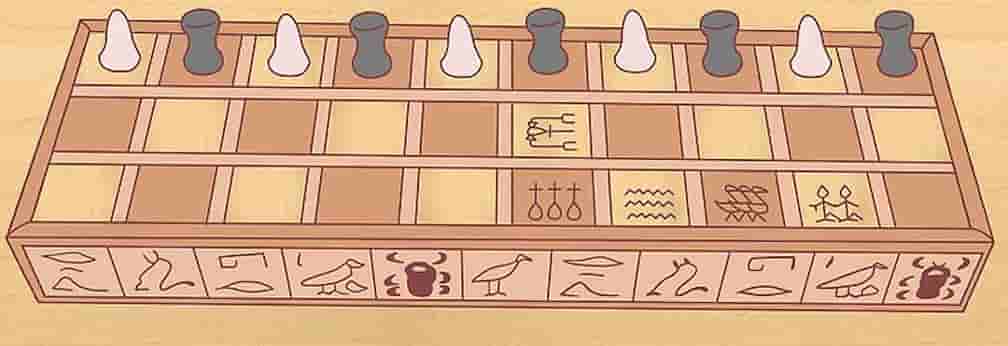
9. The famous Senet
The senet was a simple board game, divided into three rows of ten sessions. The squares formed were filled in with scattered symbols of good and bad fortune.
Although, again, they do not know exactly the rules of this game, it is known that it is a strategy game.
It is believed in a hypothesis that the victory in this game is based on the act of a player being able to guide his pieces to the opposite side, which is the opponent’s side.
ANDRÉ NOGUEIRA: Aventuras na História






